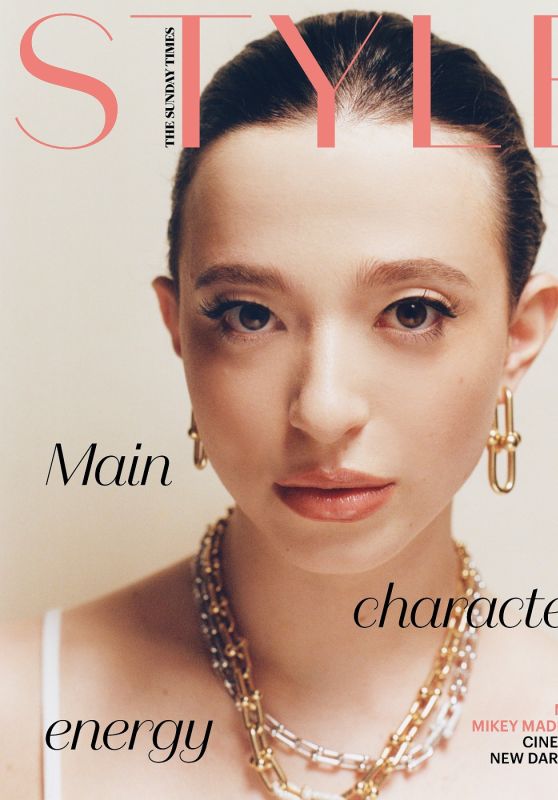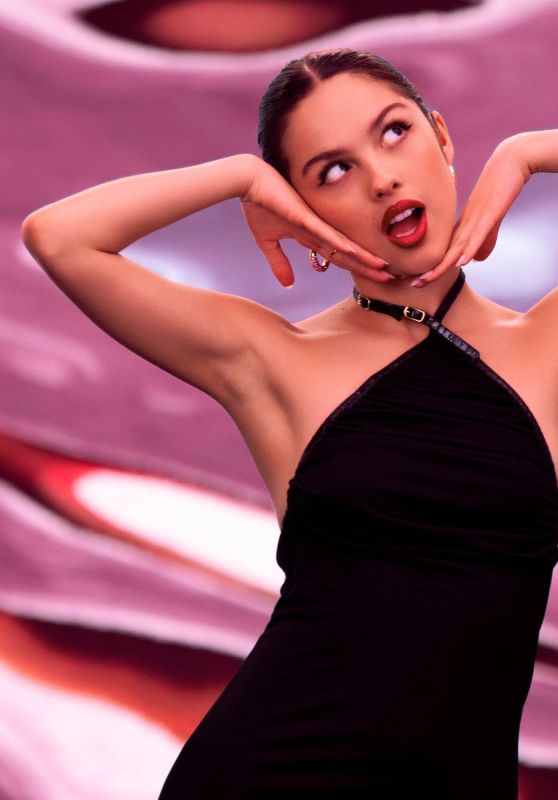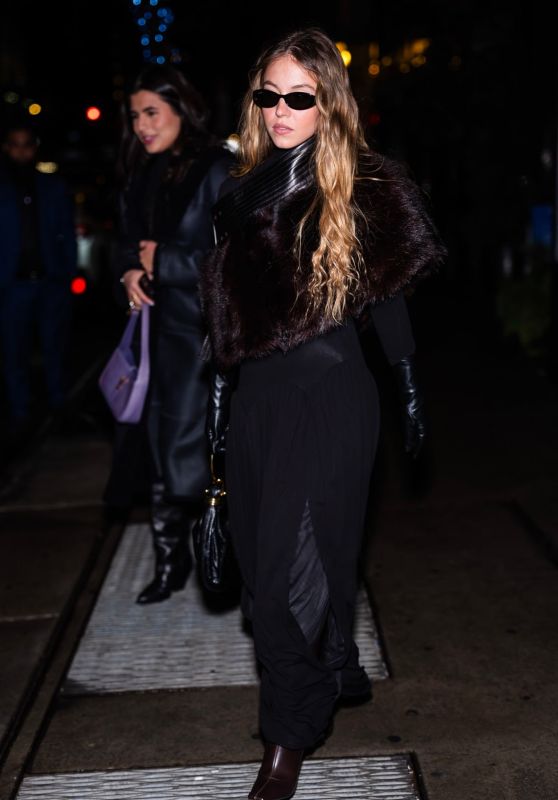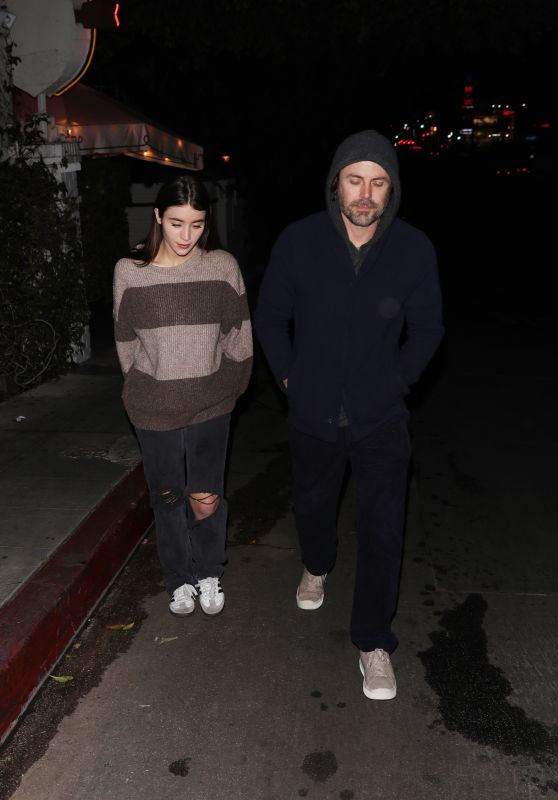In January of 2005, I was a 12-year-old in my first year of junior high. After a period of adjustment, I finally made a friend, Ivan, who I’m very lucky to still have in my life. Ivan and I bonded over several things, but one of them was a Japanese horror movie, which he claimed was the scariest thing he had ever seen. As it so happened, the movie, titled Ju-On: The Grudge, was about to receive an English-language remake starring Buffy the Vampire Slayer herself, Sarah Michelle Gellar. The more Ivan told me about the story, the more intrigued I became, and so, on January 29, I dragged my mother and my sister to the closest cinema to watch it with me, and my life was never the same.
The Grudge (2004) Trailer | Sarah Michelle Gellar | Jason Behr
To say The Grudge was the scariest movie I had ever seen would be an understatement. Now, I’ll be the first to admit I’m not really a big horror fan — I’m scared of the Cloverfield monster, for crying out loud — but there was something about The Grudge that felt visceral and truly haunting. As a film, The Grudge is not the apex of horror; indeed, it’s not even the best J-horror remake of the 2000s — to me, that honor goes to Gore Verbinski’s introspective The Ring.
However, The Grudge is so unabashedly terrifying in a way few other horror films are: It takes glee in your terror, and you can tell while watching it. On its 20th anniversary, it’s time to look back on the legacy of The Grudge, the most effective horror movie of the 2000s and a generation-defining triumph that deserves far more respect than it gets.
A curse as old as time
 Sony Pictures Releasing
Sony Pictures ReleasingThe Grudge tells a non-linear story focusing on several characters who all come in contact with a mysterious house in Tokyo. Gellar plays Karen, a social worker sent to the house to care for Emma (Grace Zabriskie), a dementia-ridden woman whose previous aid, Yoko (Yōko Maki), has mysteriously gone missing. Karen soon learns the house is haunted by the spirits of a family who died there under extreme rage or sorrow. Now condemned to forever haunt the place where they perished, the family — murderous husband Takeo (Takashi Matsuyama), wife Kayako (Takako Fuji), and young son Toshio (Yuya Ozeki) — targets and gruesomely kills anyone who steps into the house. The film is based on the 2002 original, directed by Takashi Shimizu, who returned to direct the remake. Joining Gellar are big names like Clea DuVall and Bill Pullman, plus Fuji and Matsuyama reprising their roles from the original.
Like most horror movies of the time, The Grudge received mixed reviews from mainstream critics. The recurring complaint was that the plot was too convoluted, an argument that, frankly, seems like a skill issue since the plot is anything but; it’s just out of chronological order, and trust me, it’s no Memento. The second common complaint was that the film lacked true scares; the Rotten Tomatoes consensus even goes so far as to say how it lacks “much in the way of logic or truly jarring scares,” another bizarre complaint because what freaking movie were these people watching?
Much of my recollection of The Grudge relies on the fact that I was a 12-year-old watching a movie that I was morbidly fascinated by but woefully unprepared for, and I can imagine a lot of people in 2004 were in the same boat. By the early 2000s, horror was a mix of either campy slasher movies spawned from the success of 1996’s Scream, The Sixth Sense-wannabes, or elaborate efforts like Final Destination, which were more shocking than outright scary. It was in this environment that J-horror entered the scene, revolutionizing and challenging our expectations from the horror genre.
1998’s Ring launched a new subgenre that focused more on atmospheric dread rather than outright jump scares. These films featured a distinct brand of ghostly apparitions: pale-skinned women with long, black hair and barely seen faces. The Ring‘s Sadako Yamamura became the poster child of this trope and remains so to this day.
J-horror rests entirely on Western audiences’ fear of the unknown. Themes of exoticization and fascination with the East also came into play, but J-horror was so effective with early 2000s audiences because it appealed to their psyches as much as it did to their morbid curiosity. The subgenre exploded following The Ring‘s success, but it reached its peak with The Grudge, followed by mediocre outings like Dark Water and One Missed Call. In hindsight, The Grudge really was the highest the subgenre could climb with Western audiences, and the truly abysmal quality of everything that came after it only confirms it.
Horror for horror’s sake
 Sony Pictures Releasing
Sony Pictures ReleasingI attribute much of the negative reception for The Grudge to those expecting another The Ring. Indeed, Gore Verbinski’s 2002 remake starring two-time Oscar nominee Naomi Watts received positive reviews for its patient, clinical, and introspective approach to horror, limiting the jump scares to one memorable scene. Yet, The Grudge went in the opposite direction. You asked for a horror film, and it delivered over and over and over again. Whereas The Ring patiently waited to showcase its one major and now-iconic horror set piece until its third act, The Grudge placed its jump scares at the start, middle, and ending.
To talk about The Grudge is to talk about its many memorable scenes, many of which have become landmarks in horror, especially for millennials. There’s that scene where a terrified Clea DuVall, driven catatonic by fear, watches as the child Toshio kills her husband. There’s the opening, where Yoko is dragged into the attic by a brutal Kayako. Then there’s the scene where Karen sees Kayako’s reflection in a bus window, a moment where I distinctively remember drowning a scream so loud that I was convinced the entire movie theater had noticed, but no one had; everyone was as shocked as I was, or at least that’s what my 12-year-old self believed.
See, the usual rule in horror is to not go anywhere alone, and you’ll be safe(r); avoid the dark and don’t go back to the scene of the crime, and maybe you’ll be OK. But here was this Kayako creature scaring the bejesus out of Sarah Michelle Gellar on a bus full of people in broad daylight while miles away from the freaking evil house. What is the deal?!
The Grudge (2004) - Kayako Crawling Down The Stairs
The film’s pièce de résistance, of course, is the now-iconic scene in the third act where Kayako crawls out of her body bag and descends the staircase on all-fours, her chilling death rattle, resulting from a broken neck, overpowering Christopher Young’s eerie score. What’s most powerful about this scene is Gellar and co-star Jason Behr’s reactions: They are not screaming or crying or trying to escape; instead, they just lie there in sheer shock and terror, unable to move because they know there really is no point.
As an audience member, this moment is a gut punch, the surrendering of the human spirit and the acknowledgment that survival is out of the question. Horror relies entirely on survival instinct; it’s what has kept us from dying despite years of killing each other. Scenes like this one represent the true defeat of humanity and the somber realization that there’s something far more powerful and inescapable waiting for everyone.
The Grudge has many moments like this scene, and it flaunts them with inexhaustible enthusiasm. It takes pleasure in twisting the knife, never allowing its audience to so much as catch their breath; just when you think you have a breather, bam! There’s Yoko without her jaw. Few horror films in the 2000s — indeed, few horror films at all adopt such an unabashed and generous approach to their scares, but The Grudge offers an embarrassment of riches. Sure, not all are particularly strong; there’s a rather silly scene where a hand comes out of Gellar’s head while she’s bathing, which was heavily promoted at the time but remains as silly now as it was then. And yet, The Grudge was still harrowingly terrifying — it might not even be an exaggeration to call it traumatizing.
A legacy of terror
 Sony Pictures Releasing
Sony Pictures ReleasingFor better and worse, The Grudge defined my perception of horror. After seeing it, I was so scared that I couldn’t be alone, afraid that Toshio was waiting for me under the bed covers. I couldn’t bathe alone, either, so my parents and sister would wait for me outside the door, talking to distract me. I slept with the lights on for months, far longer than I care to admit, and I thanked god that I lived in an apartment where I didn’t have to see staircases of any kind.
And yet, I remained fascinated with the film, to the point where, once I felt strong enough, I watched the original Japanese film and its sequel, the latter of which includes a scene so mortifying that I, to this day, often look back before resting my bed on the pillow at night. Of course, I also saw the much inferior sequel, The Grudge 2; Ivan and I were there on opening day, the one time in my scholarly career that I skipped class (the movie was not worth it, but the experience was).
The Grudge (2004) attic Scene
Over the years, my fear of Kayako and Toshio has diminished. Scary Movie 4 helped a great deal, and so did the truly hilarious 2016 film Sadako vs. Kayako, which pits the two greatest icons of J-horror in a Super Smash Bros.-like death match (if you haven’t watched it, you absolutely must; it truly is priceless). Still, their effect on my psyche lingers; I even confess I twitched a bit while looking for the images for this article. That’s the power of a great horror movie: It provokes and marks its audience, making them uncomfortably aware of their mortality.
Is The Grudge a great movie? No. It’s not The Exorcist of our generation, nor is it some breakthrough in its genre. And yet, it is a seminal entry in any millennial’s horror education, a genuine before-and-after in any cinephile who saw it during their formative years. More like The Ring, The Grudge is the ultimate embodiment of J-horror, a near-perfect encapsulation of everything audiences looked for in these movies during the early 2000s.
 Sony Pictures Releasing
Sony Pictures ReleasingToday, more than ever, The Grudge is a gem of noughties cinema, one of the few movies that perfectly captures a certain time and place and the sensibilities and trends that characterized it. Is it as scary as it once was? Maybe? True, we have become near-desensitized to gore and violence, but there is still something primal about The Grudge, a disconcerting chill that runs through the back any time you hear a creaking door. Turn around, and you’ll surely find nothing, but the fact you turned at all speaks to the movie’s staying power.
The Grudge is available to stream on Peacock.




















 English (US) ·
English (US) ·